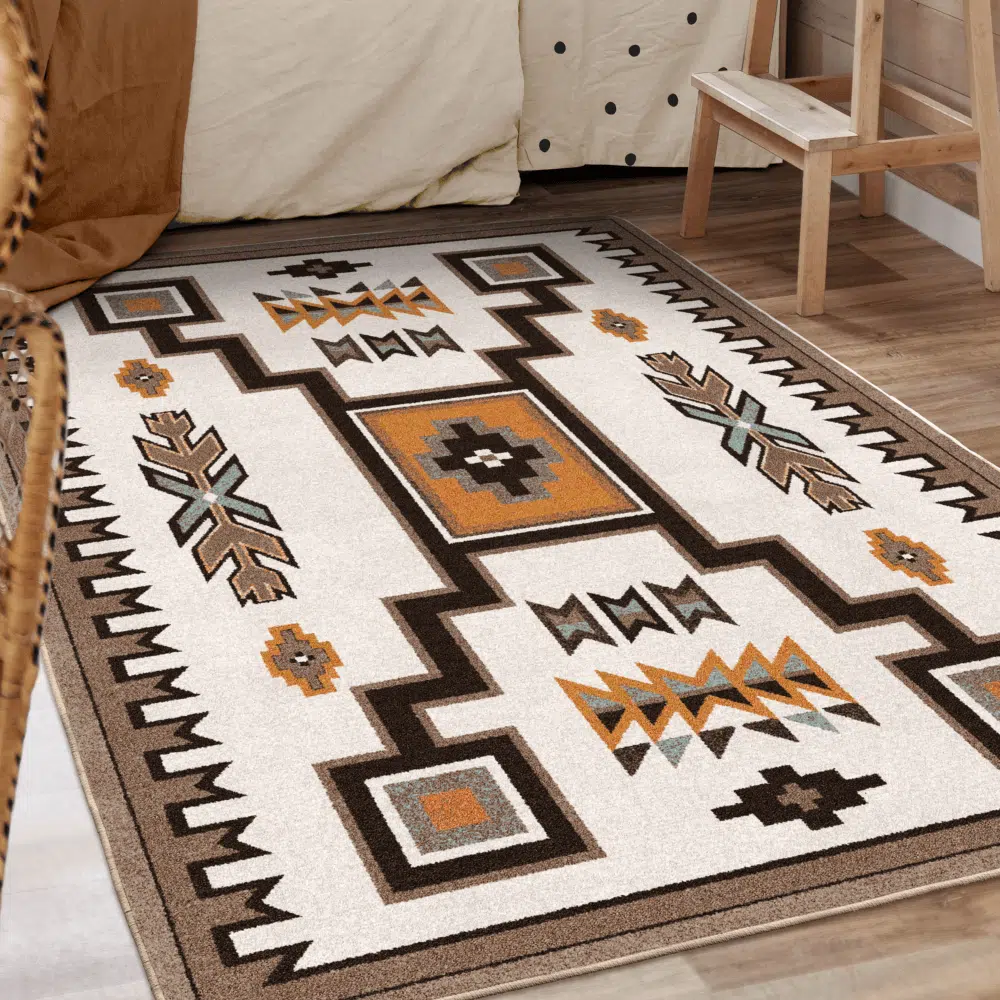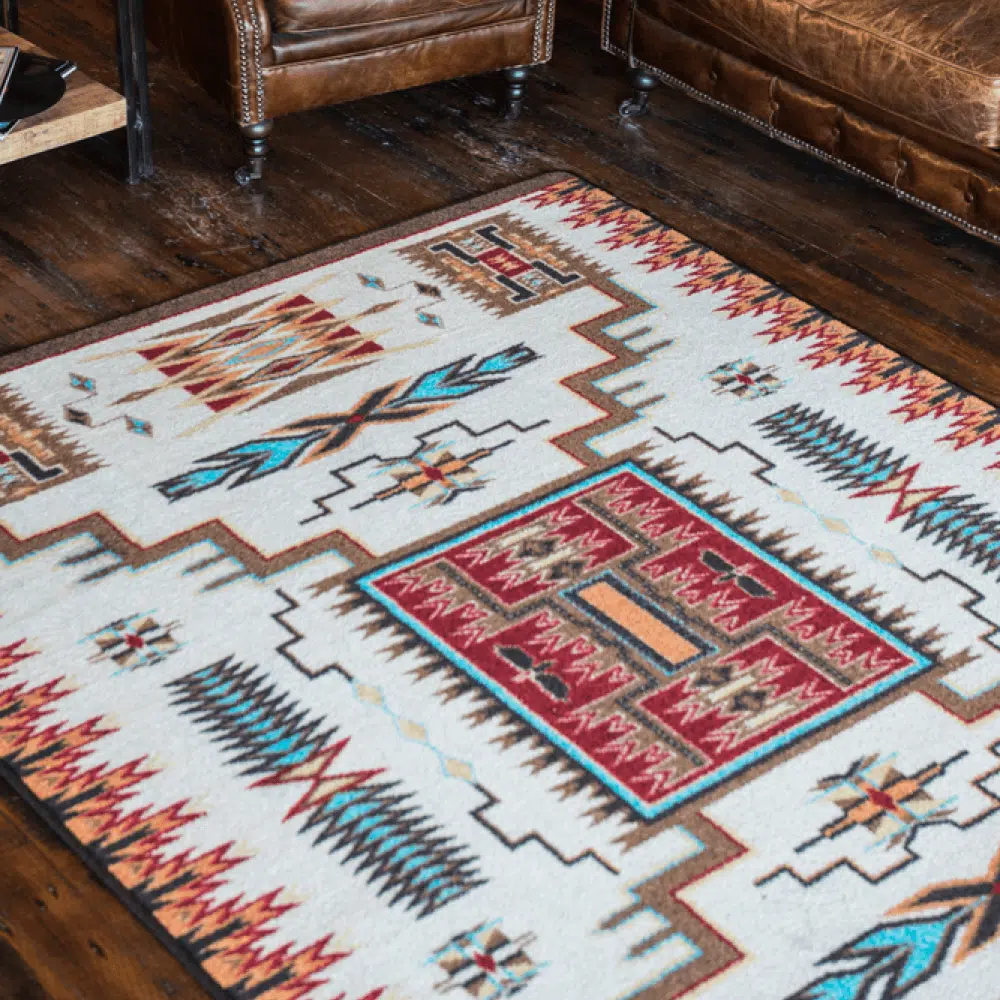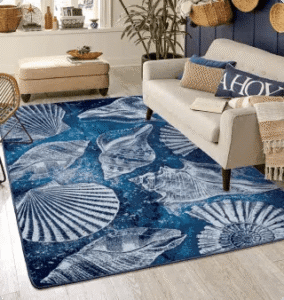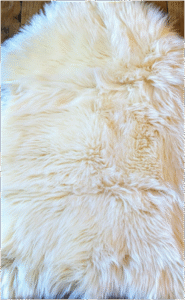When it comes to choosing the perfect rug for your home, understanding the differences between handmade and hand-tufted rugs is essential. While both types offer unique qualities, handmade rugs often come with a higher price tag. In this comprehensive guide, we’ll explore the key reasons behind this cost disparity, diving deep into aspects like craftsmanship, materials, durability, and cultural significance.
Understanding Handmade Rugs
What Defines a Handmade Rug?
Handmade rugs are meticulously crafted by skilled artisans using traditional techniques passed down through generations. Each knot is tied individually, often using natural fibers like wool or silk. This labor-intensive process can take several months to complete, depending on the rug’s size and complexity.
Craftsmanship and Time Investment
The creation of a handmade rug involves a significant time investment. Artisans spend countless hours weaving intricate patterns, ensuring each knot is perfectly placed. This dedication to detail contributes to the overall cost of the rug.
Key Highlights:
-
Each knot is hand-tied with precision.
-
Creating a single rug can take weeks to months.
-
Skilled craftsmanship adds uniqueness and charm.
Materials Used
Handmade rugs often utilize high-quality, natural materials. Wool and silk, for example, are not only durable but also provide a luxurious feel. The sourcing and processing of these materials add to the rug’s expense.
Common Materials in Handmade Rugs:
-
Fine wool
-
Pure silk
-
Natural dyes
-
Organic cotton (for foundation)
These materials offer enhanced durability and a natural luster that synthetic options often lack.

Exploring Hand-Tufted Rugs
What Is a Hand-Tufted Rug?
Hand-tufted rugs are produced using a tufting gun that pushes yarns through a fabric backing. While this method is quicker than traditional weaving, it still requires a certain level of skill and artistry.
Important to Note:
-
These rugs are not entirely handmade, but not machine-made either.
-
The yarns are looped through a canvas backing and then glued in place.
-
A cloth is often sewn over the back to hold the tufts in place.
Efficiency in Production
The tufting process is less time-consuming compared to hand-knotting, allowing artisans to produce more rugs in a shorter period. This increased efficiency often results in lower production costs.
Benefits of This Process:
-
Faster turnaround time
-
Lower labor costs
-
Higher output volume
Material Choices
Hand-tufted rugs can be made from a variety of materials, including both natural and synthetic fibers. The choice of materials can influence the rug’s price, with synthetic options typically being more affordable.
Common Materials in Hand-Tufted Rugs:
-
Polyester
-
Acrylic
-
Blended wool
-
Cotton backing
Key Differences Between Handmade and Hand-Tufted Rugs
Here’s a quick comparison table to help you understand the core differences between handmade and hand-tufted rugs:
| Feature | Handmade Rugs | Hand-Tufted Rugs |
|---|---|---|
| Crafting Method | Individually knotted by hand | Yarn pushed through fabric backing |
| Time to Produce | Several months | Weeks to a few months |
| Materials | High-quality natural fibers | Natural or synthetic fibers |
| Durability | High, can last generations | Moderate, suitable for 10-20 years |
| Cost | Higher due to labor and materials | Lower due to efficient production |
| Cultural Value | Rich heritage and storytelling | Modern designs, less cultural context |
Factors Contributing to the Higher Cost of Handmade Rugs
Labor-Intensive Craftsmanship
The process of hand-knotting each knot individually requires immense skill and patience. This labor-intensive method significantly contributes to the higher cost of handmade rugs.
Use of Premium Materials
Handmade rugs often incorporate high-quality materials like fine wool and silk. These materials are not only more expensive but also require careful handling and processing, adding to the overall cost.
Intricate Designs and Patterns
The complexity of the designs in handmade rugs adds to the time and effort required for their creation. Artisans spend considerable time ensuring each pattern is executed flawlessly, which is reflected in the rug’s price.
Features of Handmade Designs:
-
Symbolic motifs with historical significance
-
Complex geometric or floral patterns
-
Unique color blends and natural shading
Cultural Significance and Heritage
Many handmade rugs carry cultural stories and traditions, making them unique pieces of art. This cultural value adds to their desirability and, consequently, their cost.
Examples of Cultural Value:
-
Persian rugs known for storytelling and symbolism
-
Indian dhurries with regional patterns
-
Turkish rugs with centuries-old design lineage
Advantages of Handmade Rugs
Investing in a handmade rug brings long-term value beyond just décor. Here are a few compelling advantages:
-
Longevity: With proper care, handmade rugs can last for generations.
-
Unique Designs: Each rug is one-of-a-kind, offering exclusive patterns and colors.
-
Cultural Value: Owning a handmade rug connects you to a rich cultural heritage.
-
Sustainability: Often made with eco-friendly materials and processes.
-
Appreciation in Value: Some handmade rugs increase in value over time, especially antique pieces.

Advantages of Hand-Tufted Rugs
Hand-tufted rugs, though more affordable, also offer several benefits for buyers looking for style and practicality.
-
Affordability: Generally more budget-friendly due to efficient production methods.
-
Variety: Available in a wide range of designs and colors.
-
Accessibility: Easier to find in various retail outlets.
-
Maintenance: Often easier to clean and maintain.
-
Quick Production: Perfect for those who need rugs in a short timeframe.
Choosing Between Handmade and Hand-Tufted Rugs
Factors to Consider
When deciding between the two, think about:
-
Budget: Handmade rugs are a significant investment, while hand-tufted options are more wallet-friendly.
-
Usage: If the rug will be placed in a high-traffic area, durability may be a key factor.
-
Style Preferences: Handmade rugs offer more traditional, cultural aesthetics; hand-tufted rugs are often available in trendy or modern designs.
-
Longevity: Consider how long you plan to use the rug in your home.
Final Thoughts
While handmade rugs come with a higher price tag, they offer unmatched quality, durability, and cultural significance. For those seeking a unique piece that tells a story and stands the test of time, investing in a handmade rug is worthwhile.
However, if budget constraints are a concern, hand-tufted rugs provide a stylish and affordable alternative. They may not carry the same level of craftsmanship or historical depth, but they serve as a great option for everyday use and aesthetic appeal.
Ultimately, the choice between the two depends on individual preferences and priorities. Whether you’re looking to invest in a timeless treasure or simply enhance your space with something beautiful and functional, both types of rugs have something valuable to offer.
Explore Both Worlds with Rug Journal
At Rug Journal, we celebrate the artistry and craftsmanship behind both handmade and hand-tufted rugs. Our curated selection is designed to suit diverse tastes, spaces, and budgets. Whether you’re a collector seeking heritage pieces or a homeowner looking for stylish comfort, we have something just for you.



